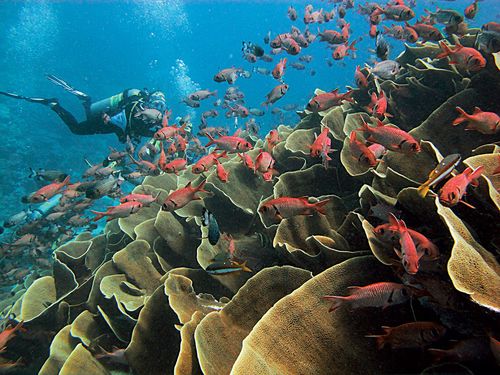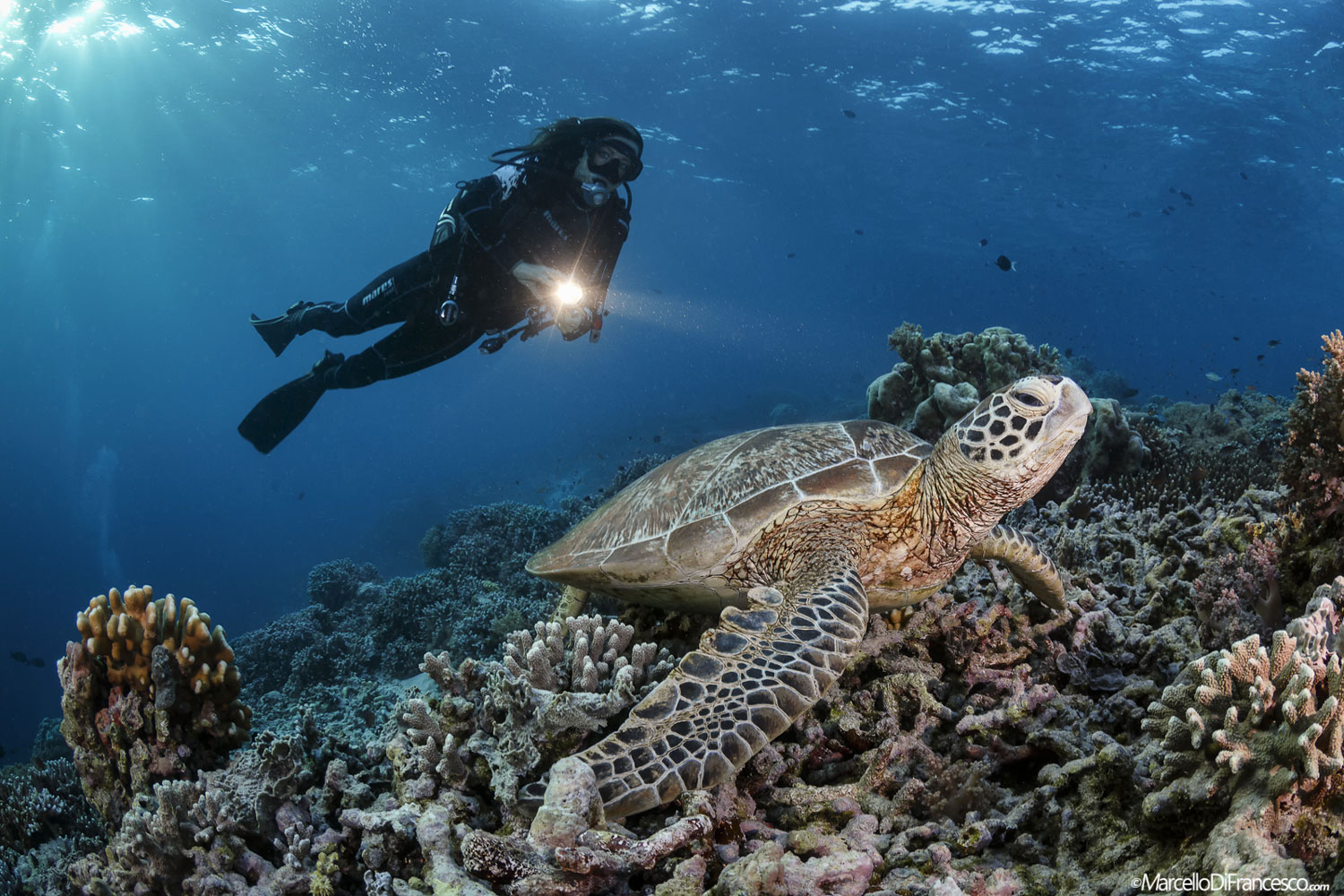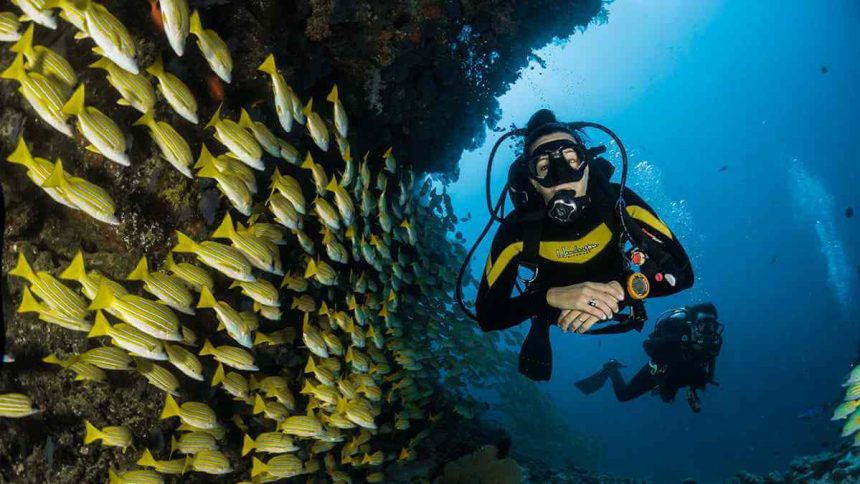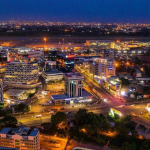Scuba diving opens a window to an underwater world brimming with vibrant marine life, colorful coral reefs, and breathtaking seascapes. Exploring the top ten best scuba diving spots on Earth is a dream for adventure seekers and ocean lovers alike. From the crystal clear waters of the Great Barrier Reef in Australia to the mysterious cenotes of Mexico’s Yucatán Peninsula, these destinations offer unparalleled opportunities to swim alongside tropical fish, majestic manta rays, and even gentle whale sharks. Iconic sites like Palau’s Blue Corner, the Maldives’ atolls, and Indonesia’s Raja Ampat boast some of the planet’s richest biodiversity, making every dive a journey into nature’s masterpiece.
The Red Sea in Egypt and Belize’s Great Blue Hole provide thrilling encounters with dramatic walls and ancient shipwrecks, while the Galápagos Islands deliver raw, untouched beauty with unique species found nowhere else. Warm tropical waters, excellent visibility, and thriving ecosystems make these locations must visit spots for divers of all levels. Whether chasing adrenaline or seeking serene underwater escapes, these scuba diving destinations promise unforgettable experiences. Dive into this guide to discover the best places to explore beneath the waves and plan your next aquatic adventure.
The Top Ten Best Scuba Diving Spots On Earth
10. Richelieu Rock, Thailand

Located in the Andaman Sea, Richelieu Rock is a horseshoe-shaped rocky pinnacle famous for its marine biodiversity. It is a hotspot for whale sharks, especially from December to April, offering divers a chance to swim alongside these gentle giants. Schools of jacks, barracuda, and batfish create mesmerizing underwater displays, while macro photographers can capture ghost pipefish, harlequin shrimp, frogfish, and seahorses. Strong currents make it ideal for experienced divers, as they contribute to the nutrient-rich waters sustaining its vibrant ecosystem. This site is a must-visit for those seeking both pelagic encounters and detailed underwater photography opportunities.
9. Navy Pier, Western Australia

Navy Pier, a 300-meter T-shaped structure in Western Australia, is a man-made dive site that has become a thriving habitat for diverse marine life. Divers can explore nudibranchs, flatworms, eels, wobbegong sharks, whitetip sharks, octopuses, lionfish, scorpionfish, stargazers, and large rays. Its accessibility, with ecosystems ranging from shallow to deeper waters, makes it suitable for both novice and experienced divers. The pier’s rich marine life and structural diversity offer endless exploration opportunities, making it a standout destination for underwater enthusiasts.
8. USAT Liberty, Bali, Indonesia

The USAT Liberty, a World War II shipwreck off Bali’s coast, has transformed into a vibrant artificial reef. This 120-meter-long wreck is encrusted with anemones, gorgonians, and corals, creating a colorful underwater playground. Divers can explore the intact ship structure while encountering hawksbill turtles, purple Scorpion Leaf Fish, Ornate Ghost Pipefish, Great Barracuda, and Flapnose Rays. Its historical significance and photogenic qualities make it a favorite among underwater photographers and history buffs, offering a blend of adventure and cultural exploration.
7. Great Blue Hole, Belize

The Great Blue Hole in Belize is an iconic marine sinkhole within the Belize Barrier Reef Reserve System, a UNESCO World Heritage Site. This massive circular hole, outlined by a stunning coral reef, offers divers a chance to descend to 40 meters, where they can see stalactites and stalagmites formed when the hole was above water. It is also known for its resident shark population and the unique transition from salt to fresh water at around 15 meters depth. With visibility often reaching 30 meters, the Great Blue Hole is a bucket-list destination for divers worldwide, offering a mix of geological wonder and marine life encounters.
6. Manta Ray Night Dive, Kailua Kona, Hawaii

The Manta Ray Night Dive in Kailua Kona, Hawaii, is a magical experience where divers use underwater lights to attract plankton, drawing gentle giant manta rays close for feeding. These majestic creatures often perform acrobatic flips and glides, providing unforgettable encounters. Conducted at specific cleaning stations where manta rays come to be groomed by smaller fish, this dive is renowned for its serene and thrilling night diving experience. It’s a bucket-list dive for many, offering a unique blend of adventure and serenity under the cover of darkness.
5. Shark and Yolanda Reef, Egyptian Red Sea

Shark and Yolanda Reef in the Egyptian Red Sea is a complex of three distinct dive sites: Anemone City, Shark Reef, and the Yolanda Wreck. Anemone City is famous for its dense population of anemones and clownfish, while Shark Reef offers a dramatic drop-off teeming with pelagic fish, including sharks, making it ideal for thrilling drift dives. The Yolanda Wreck, a cargo ship that ran aground in 1980, is known for its scattered cargo, including toilets, which have become a quirky attraction. Together, these sites provide a diverse range of diving experiences in one location, catering to various interests.
4. Thistlegorm, Egyptian Red Sea

The Thistlegorm, located in the Egyptian Red Sea, is one of the world’s most famous wreck dives, sunk in 1941 during World War II. This British ship lies intact at 30 meters, filled with historical artifacts like rifles, motorbikes, train carriages, and trucks, making it a time capsule of wartime history. Divers can explore its holds and decks while encountering marine life that has made the wreck home. Its size and historical significance make it ideal for multiple dives, offering a blend of historical exploration and underwater adventure.
3. The Yongala, Australia

The SS Yongala, a shipwreck off Queensland’s coast in Australia, is considered one of the best wreck dives globally, sunk in 1911. This 109-meter steamship is now a thriving reef covered in spectacular coral and inhabited by manta rays, sea snakes, octopuses, turtles, bull sharks, tiger sharks, and clouds of fish. Protected since 1981, the Yongala offers a unique blend of historical exploration and vibrant marine life. Its depth and rich ecosystem make it a must-visit for divers seeking both adventure and beauty, often associated with the Great Barrier Reef region.
2. Blue Corner Wall, Palau, Micronesia

Blue Corner Wall in Palau, Micronesia, is a world-class dive site known for its strong currents that bring nutrient-rich waters, attracting pelagic species like sharks, barracuda, eagle rays, Napoleon wrasse, snappers, and jacks. The wall itself is covered in thick coral, providing habitat for smaller creatures like morays, nudibranchs, and mantis shrimps. This site is perfect for experienced divers seeking thrilling drift dives and dramatic underwater topography, offering a dynamic and visually stunning experience.
1. Barracuda Point, Sipadan Island, Malaysia

Barracuda Point on Sipadan Island, Malaysia, is hailed as the world’s best dive site based on divers’ votes. This site features a wall of coral patrolled by sharks, barracuda, white tips, turtles, grouper, jacks, and bumphead parrotfish. Occasional strong currents add to the excitement, making it a favorite for experienced divers. Sipadan Island itself is renowned for its rich marine life, and Barracuda Point lives up to its reputation with stunning underwater scenery and diverse marine inhabitants, solidifying its top ranking.






